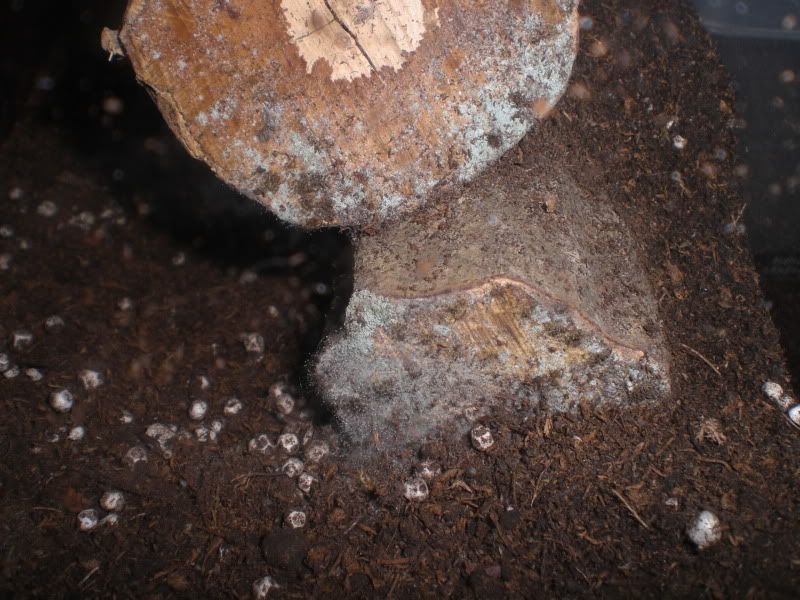- Joined
- Jul 10, 2008
- Messages
- 384
I switched from 100% peat to mixing with with 50% organic potting soil and now I have mold everywhere. It didn't come from my wood that I use because I had the wood sit in the oven at 300 for a few hours. I have some isopods on the way but still worried.


